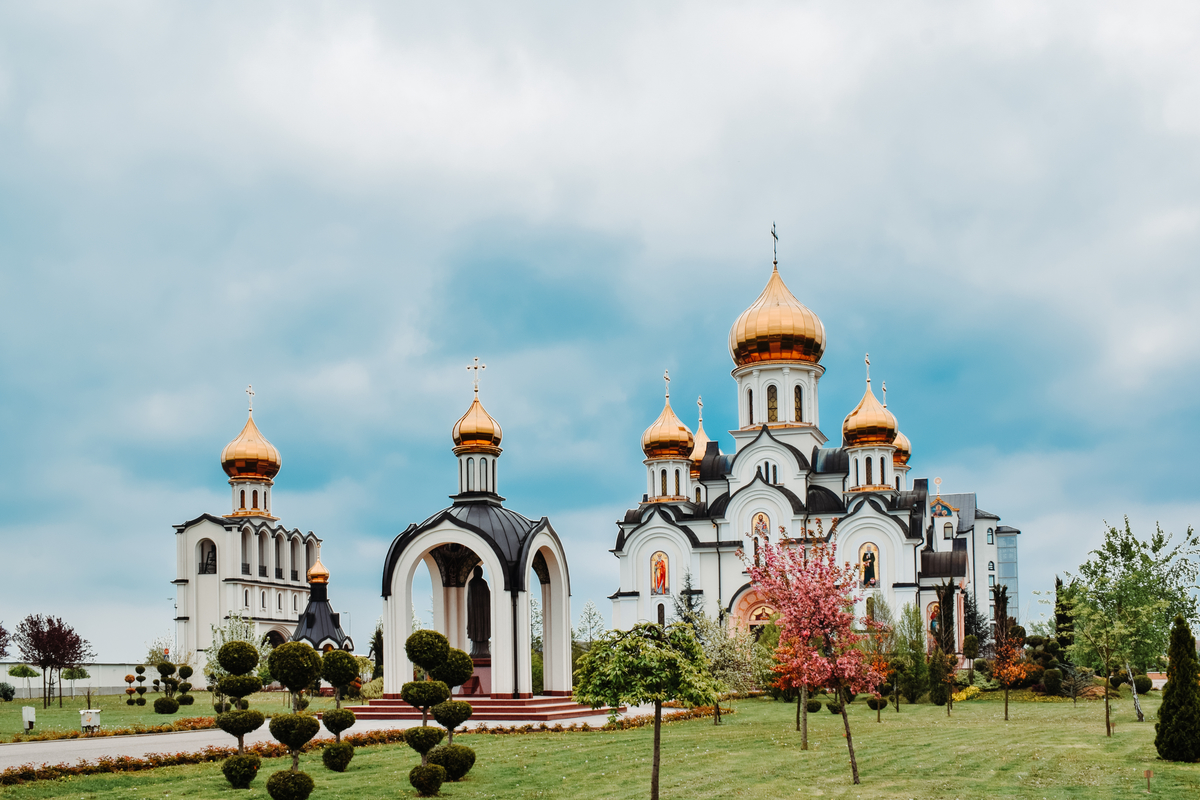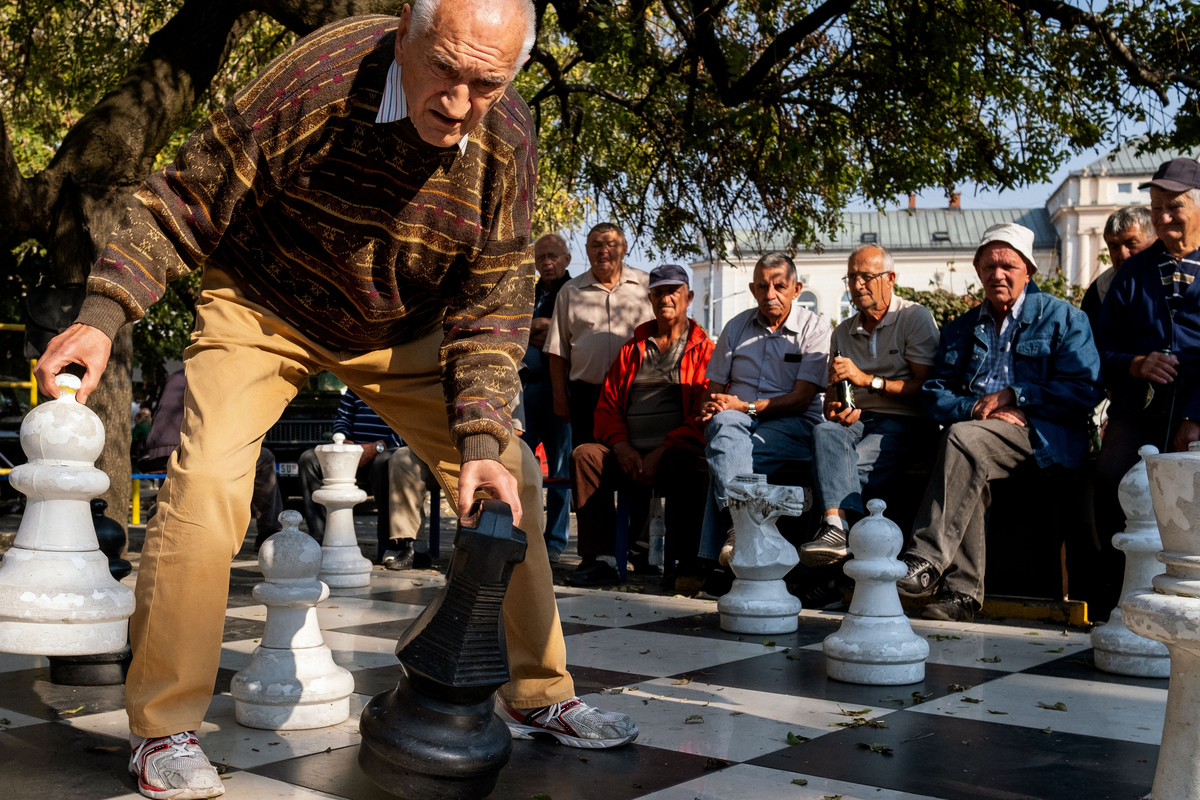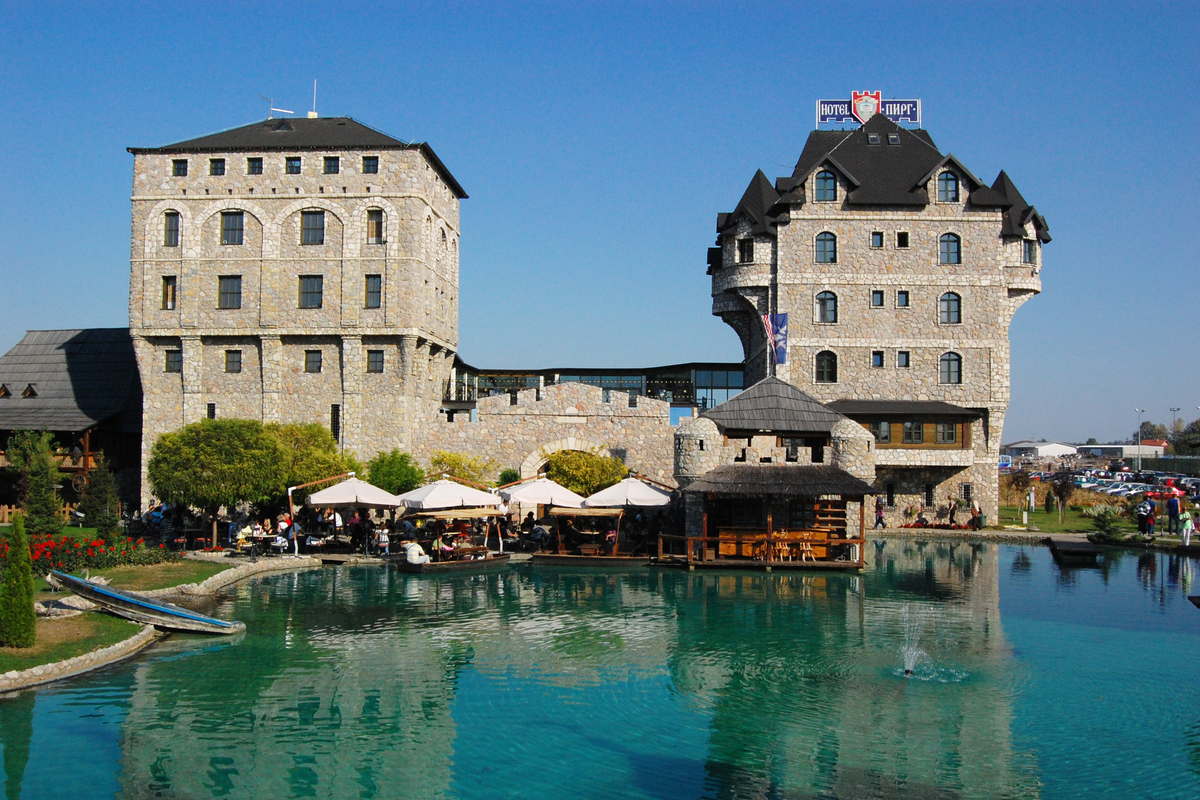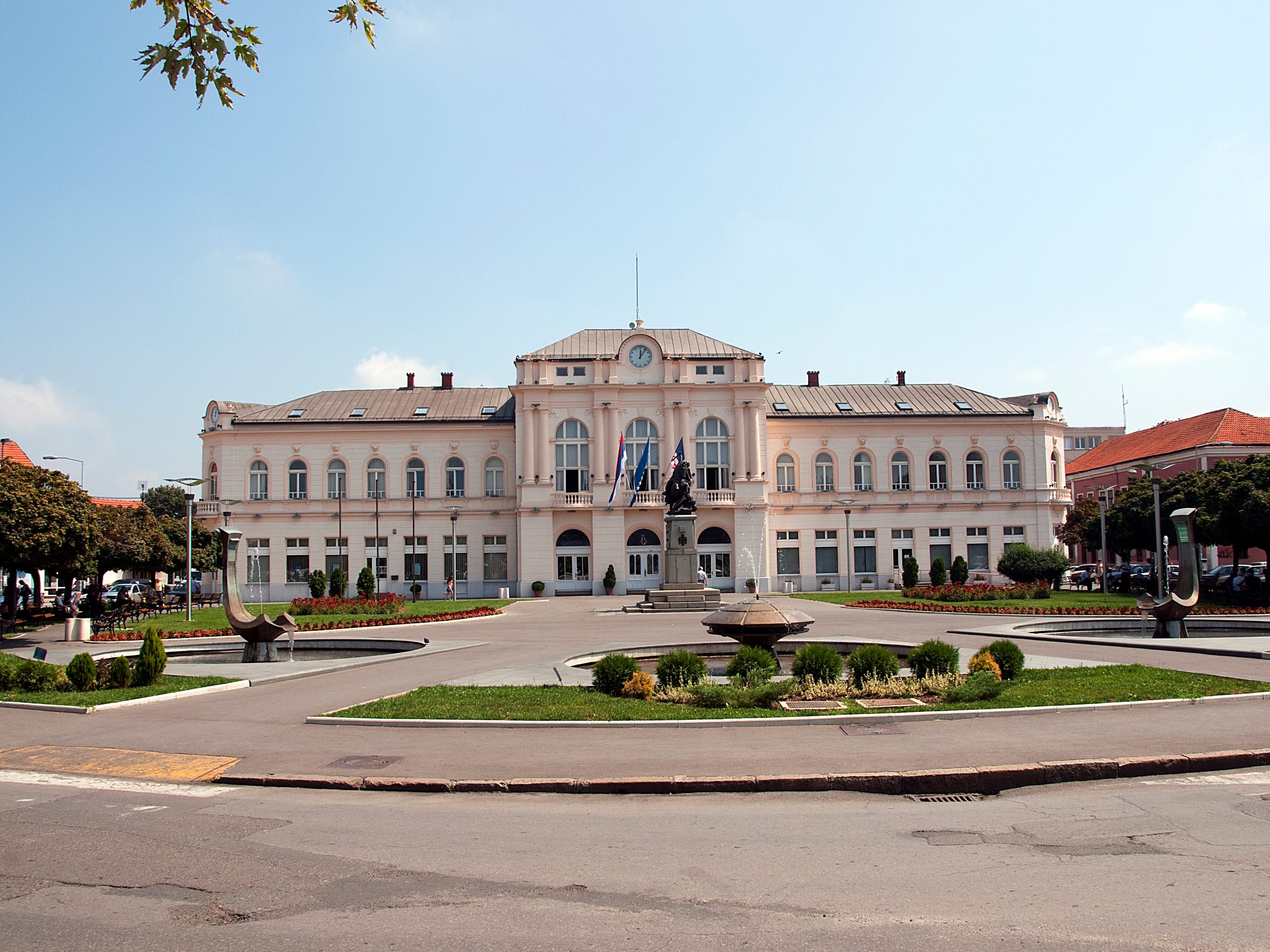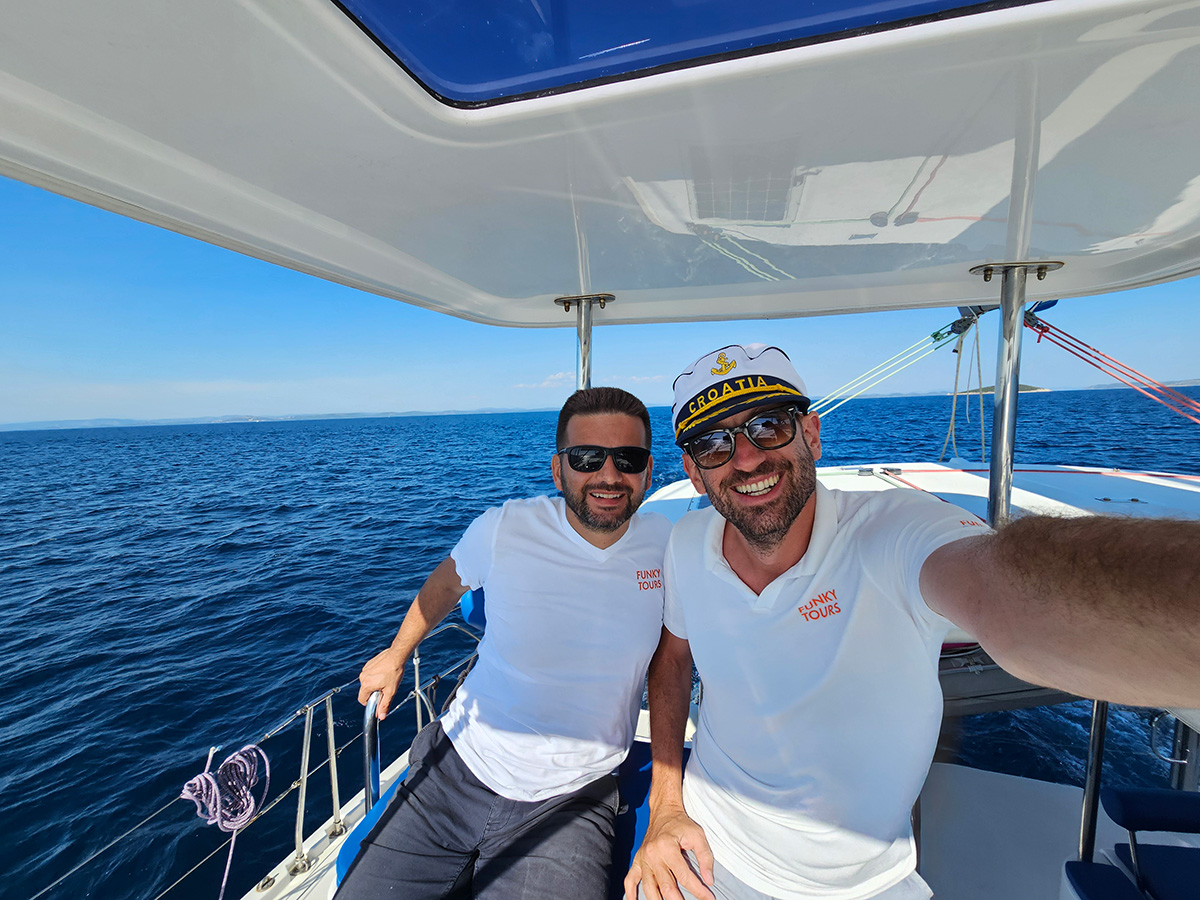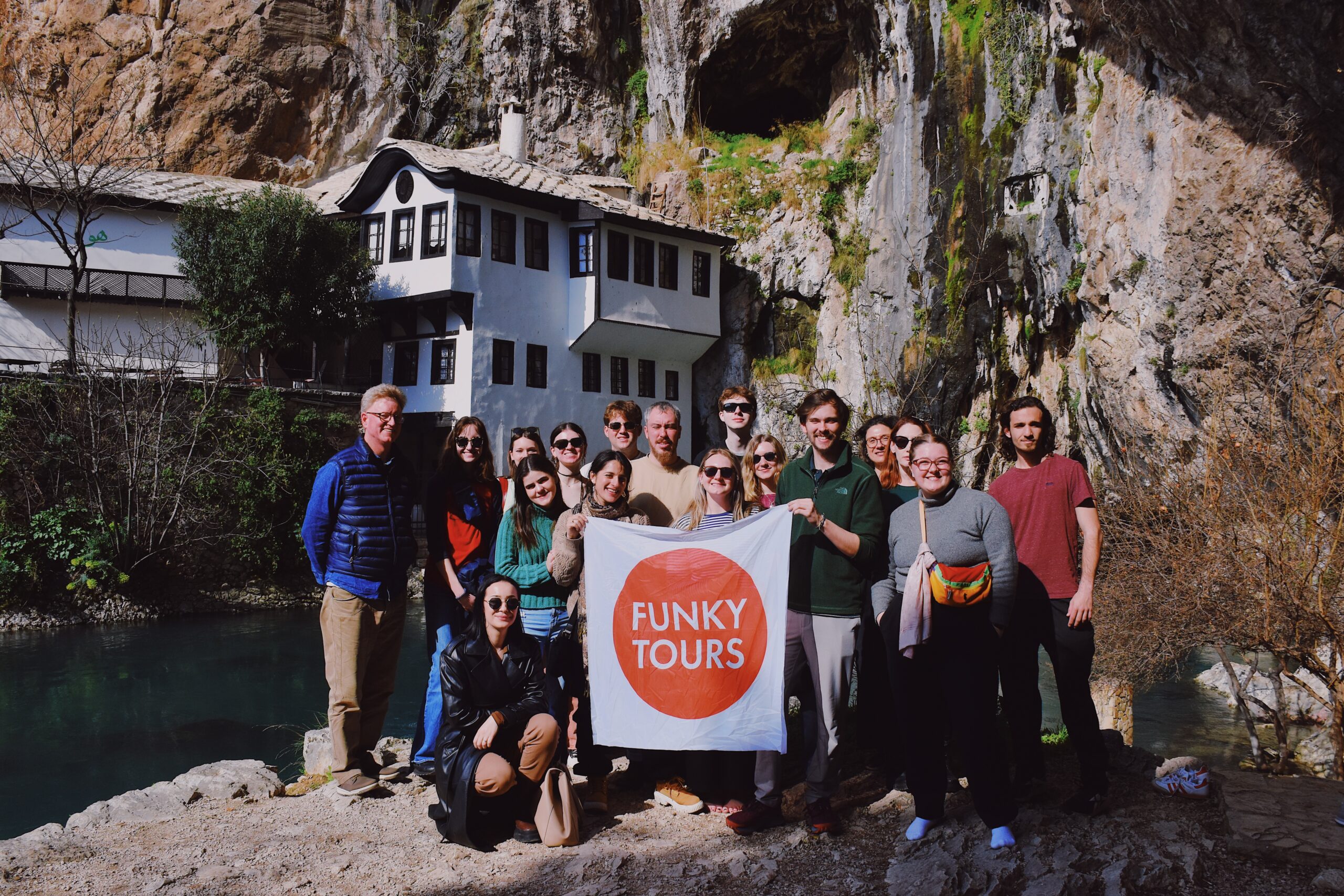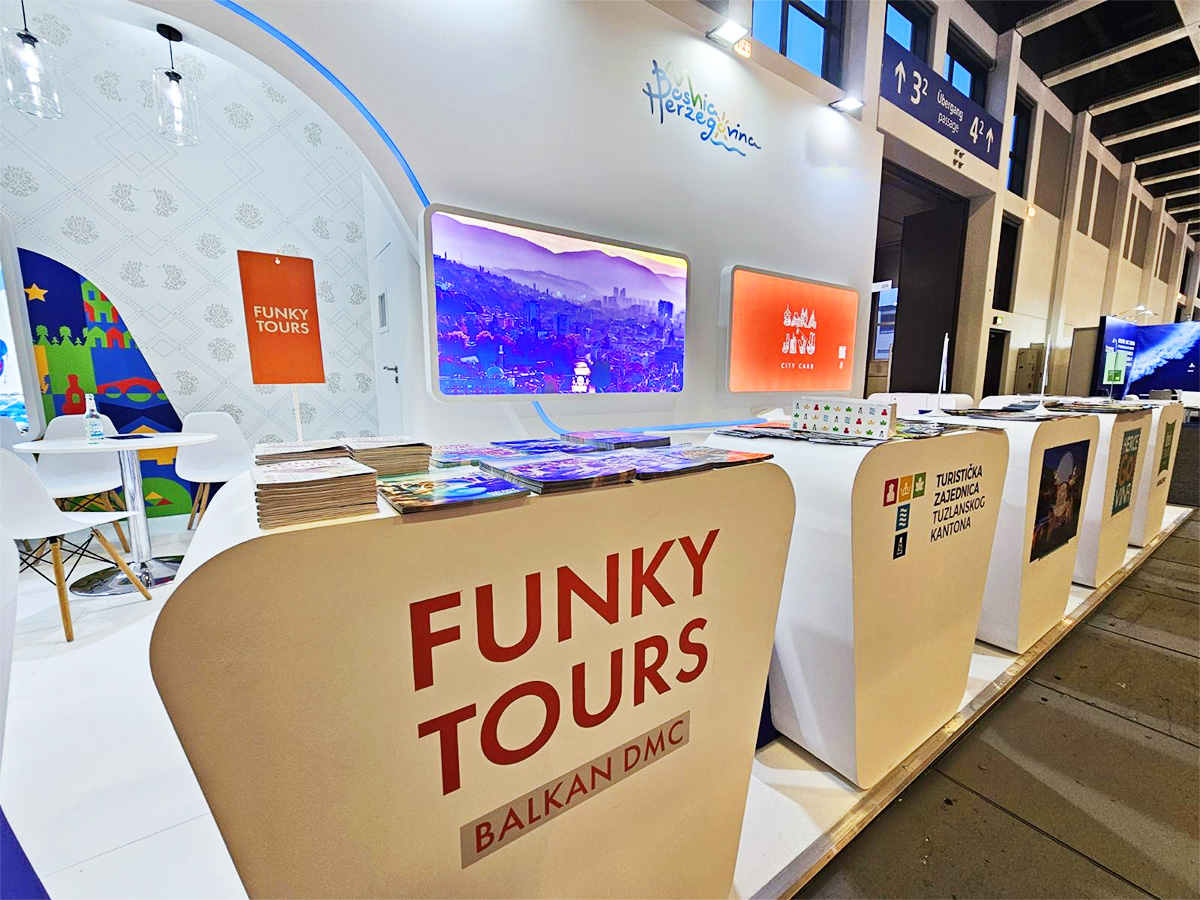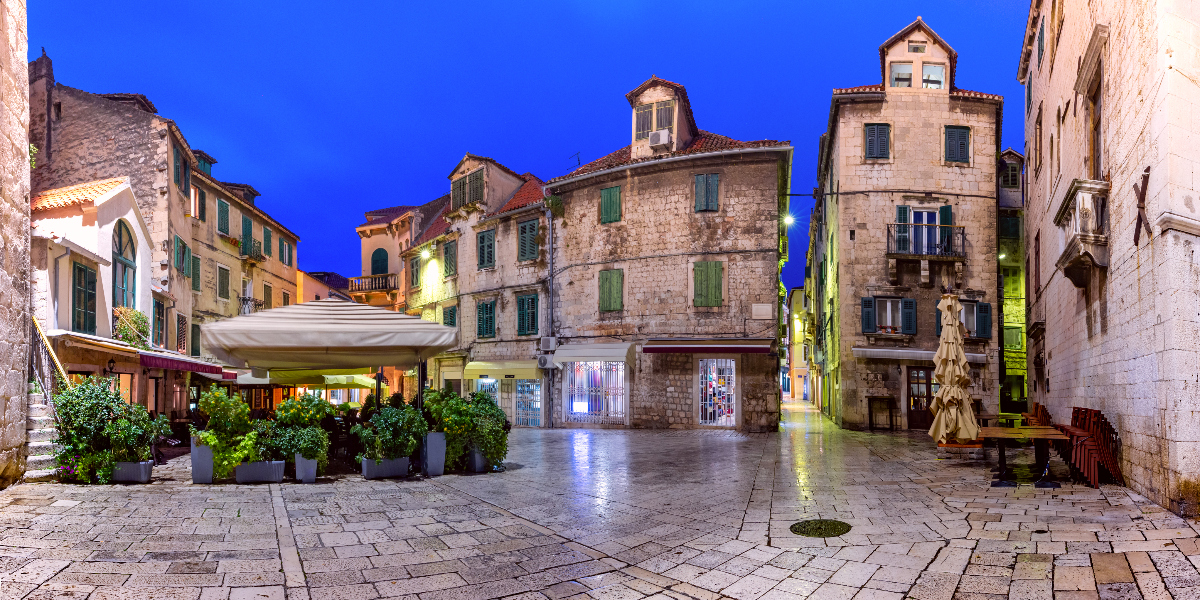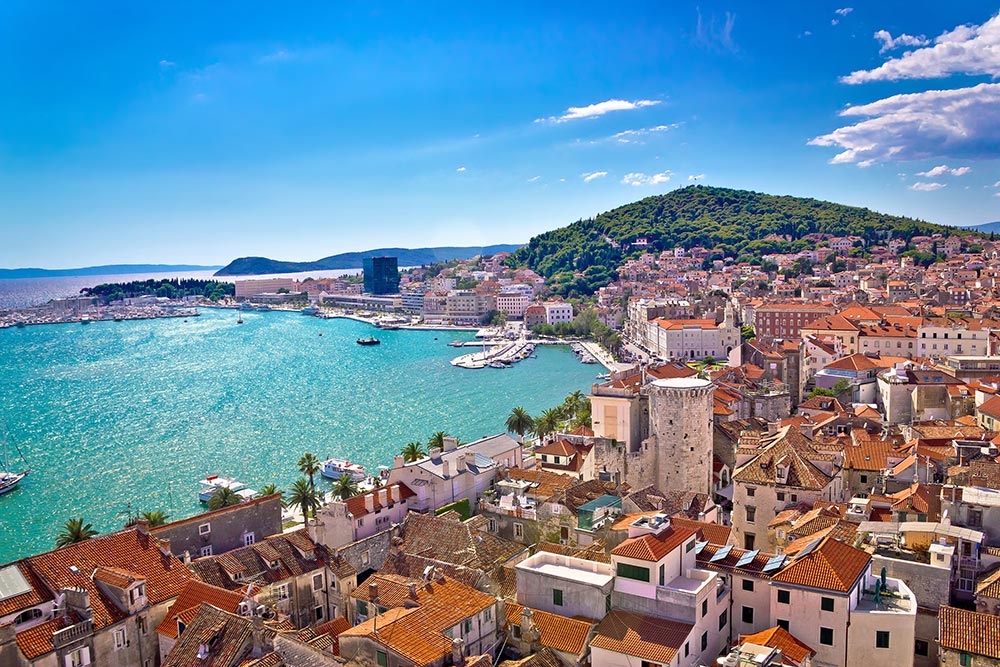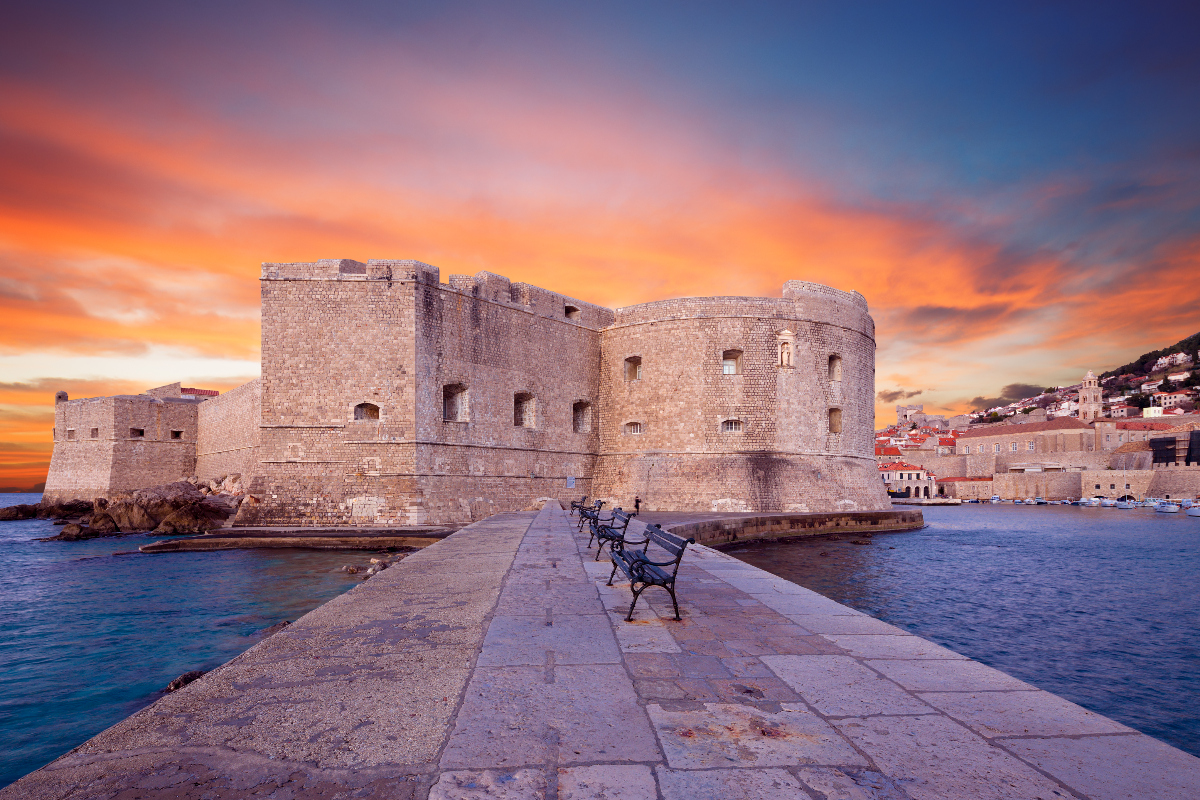Semberija plain abounds with beautiful countryside, consisting of ploughland, forests, meadows, canals, creeks, and two mighty rivers, Sava and Drina, that are forming the northeastern peak of Bosnia. These Mother Nature assets are one of the reasons why rural farms, weekend houses, and cottages are scattered around the area.
Before entering the city of Bijeljina, which is one of the most urbanized centers in the entire country (with a population of 107.715 distributed over 734,08 km² km2 in 67 settlements), the first build ethno-village in Bosnia will surely spark everyone’s interest.
Ethno-village Stanišići, named after its founder and benefactor Boris Stanišić, was built in 2003 as a product of his inspiration. An official story says “he travelled through villages of Middle Bosnia looking for old houses and objects which would preserve the knowledge about a period and culture from the end of the 19th century and the beginning of the 20th century. The result is the authentic mountain village in the heart of Semberija plain.”
These days, the village is partitioned into two sections, a secular and religious one. The first one consists of wooden cottages mutually linked by two artificial lakes and numerous paths. Apart from lovely and charming cottages, ethno-village includes two 5-star Hotels (Pirg and Ras). The names for both Hotels are derived from Serbian medieval history.
